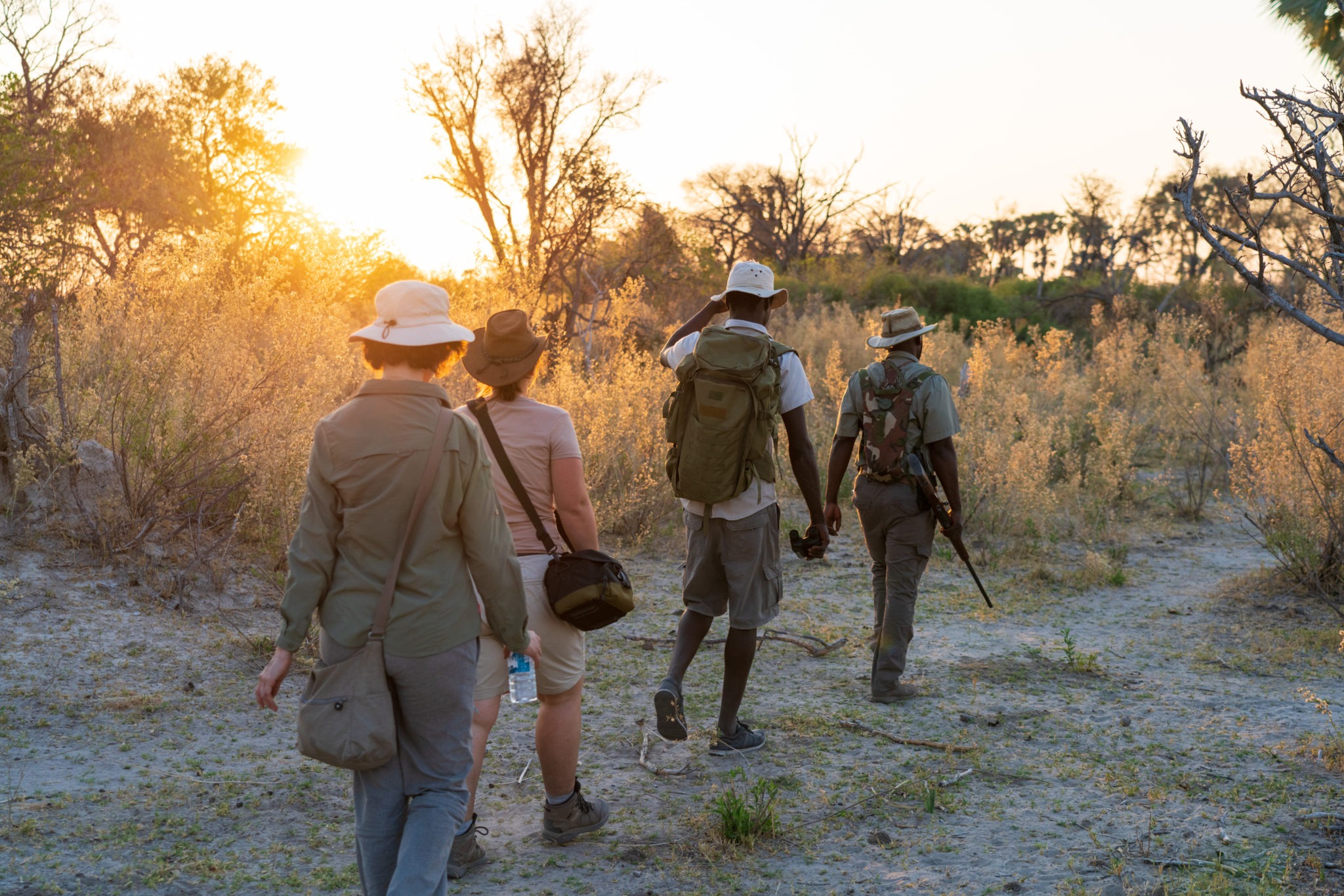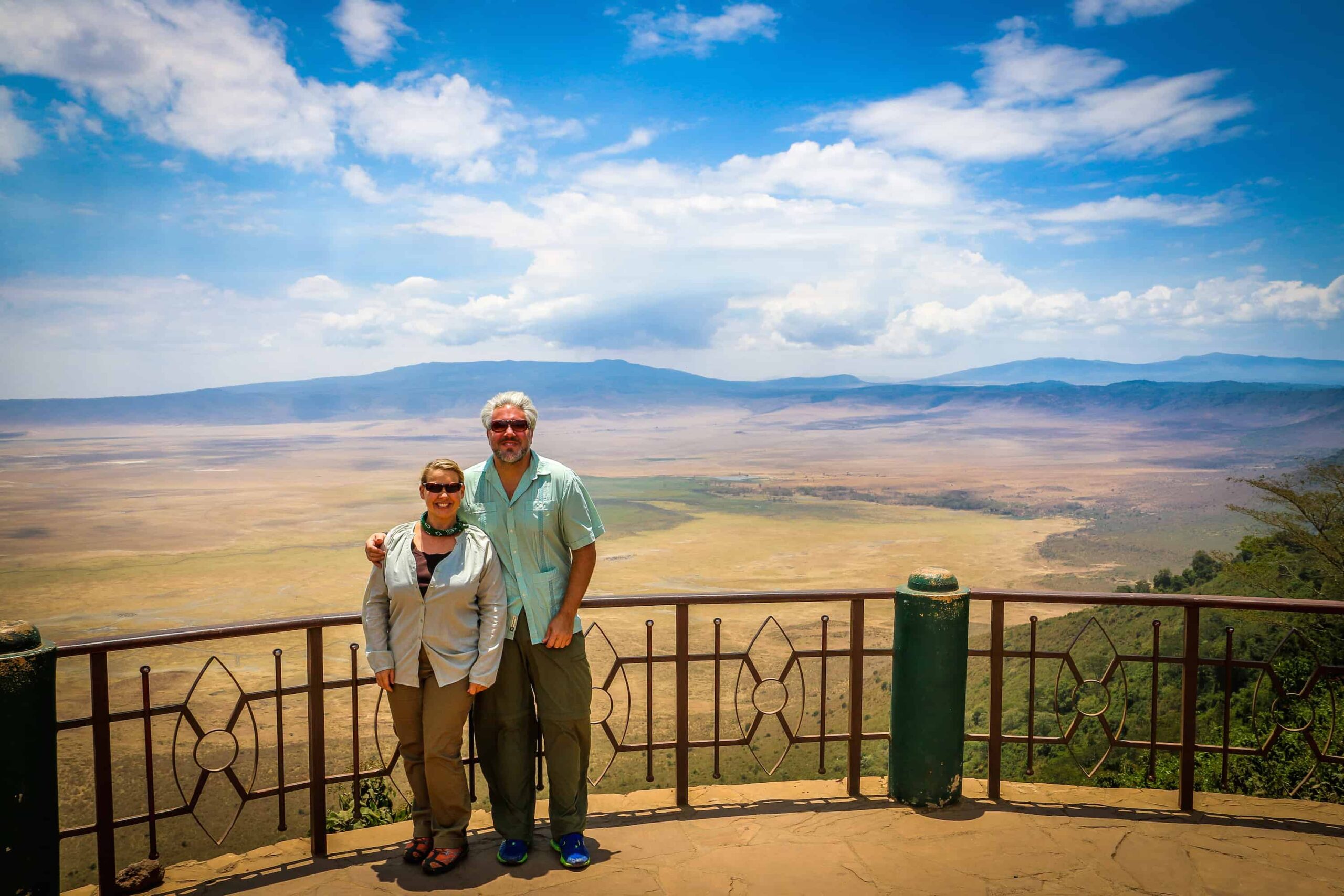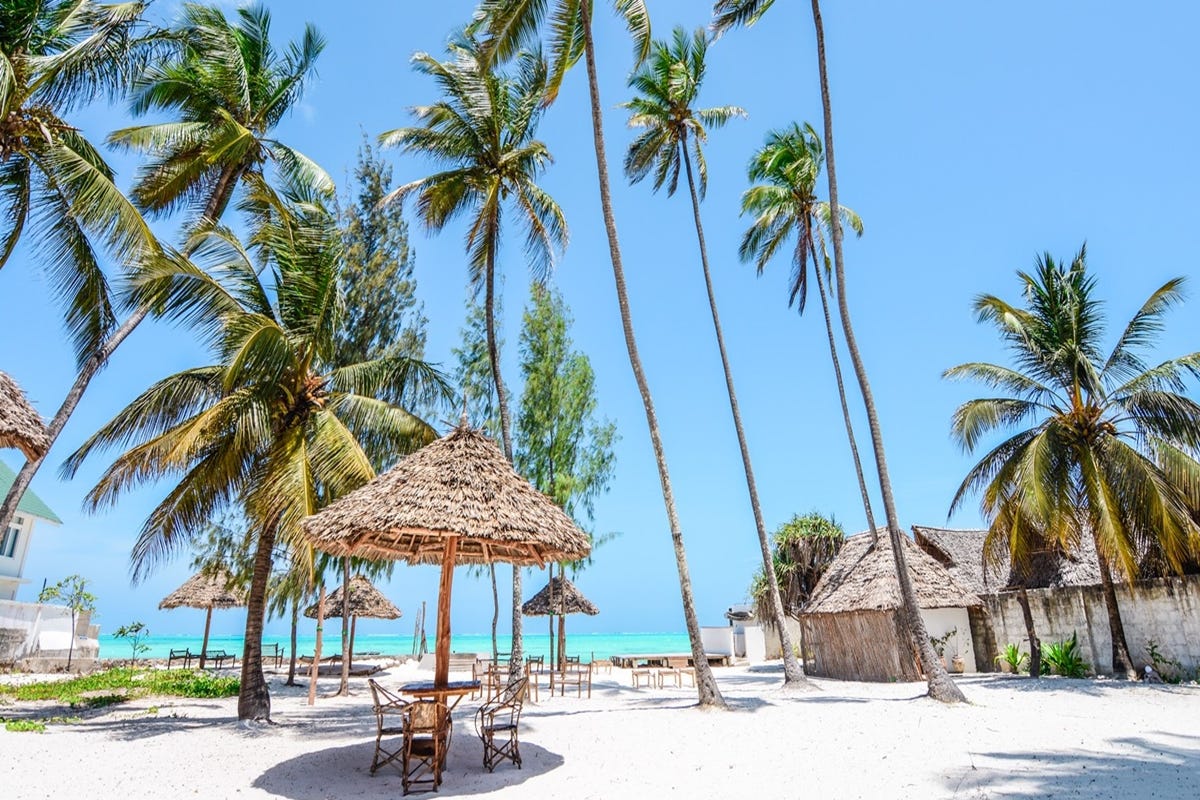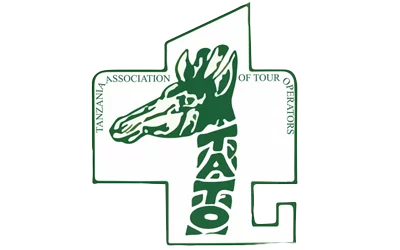Mount Kilimanjaro, Africa’s highest peak, is a dream destination for adventure seekers and nature enthusiasts. Conquering this majestic mountain is a remarkable feat, but it’s essential to be well-prepared. In this detailed guide, we will provide you with the top 10 tips for climbing Mount Kilimanjaro, ensuring your journey is safe, enjoyable, and unforgettable.
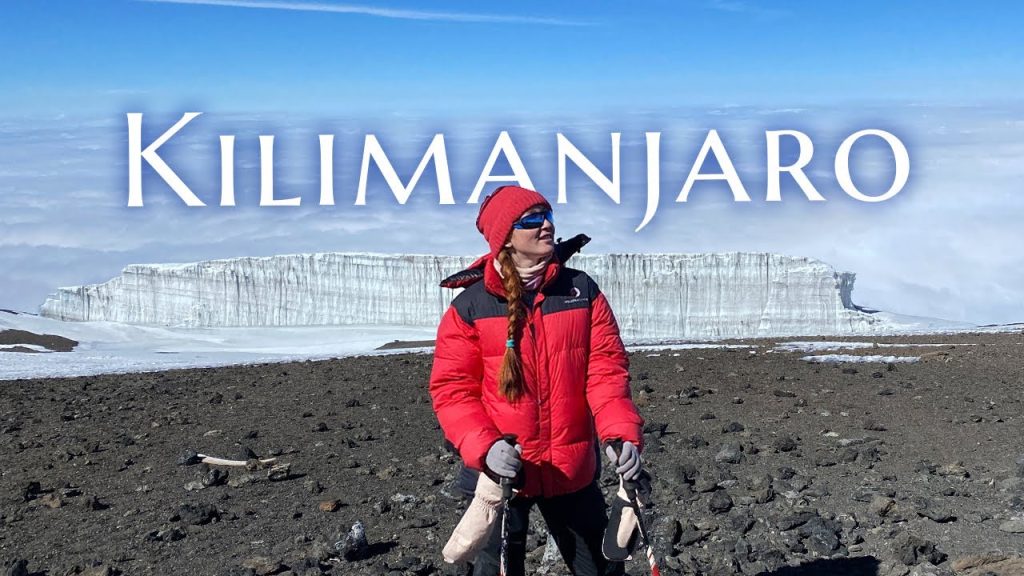
Introduction
Climbing Mount Kilimanjaro is an adventure of a lifetime, and with the right guidance, you can make it to the top. This article serves as your ultimate resource for preparing and executing a successful Kilimanjaro expedition. Whether you’re a seasoned hiker or a first-time trekker, these tips will be invaluable for your journey to the “Roof of Africa.”
Planning Your Kilimanjaro Adventure
Choosing the Right Route
Selecting the right route is crucial for your Kilimanjaro adventure. With several options to choose from, each offering unique experiences and challenges, you must carefully consider your fitness level, preferences, and the number of days you can spare.
Setting a Realistic Itinerary
A well-planned itinerary is essential. Make sure to choose a trek duration that allows for proper acclimatization, increasing your chances of reaching the summit. Rushing the climb can lead to altitude sickness and disappointment.
Hiring a Reputable Tour Operator
Working with an experienced tour operator is a must. They will handle logistics, permits, and safety protocols, ensuring a smooth and secure climb. Research and choose a reputable operator with a proven track record. Read TripAdvisor reviews for Safari Nuggets.
Physical Preparation
Conditioning and Training
Mount Kilimanjaro demands physical fitness. Regular cardio and strength training are essential to build stamina and endurance. Practice hiking with a loaded backpack to simulate the conditions you’ll face on the mountain.
Acclimatization Techniques
Learn about acclimatization techniques to minimize the risk of altitude sickness. Slow, steady ascents and rest days are vital for adapting to high altitudes safely.
Packing Essentials
Clothing and Gear
Pack suitable clothing and gear for varying weather conditions. Layering is key to managing temperature changes. Invest in good-quality, waterproof equipment to stay comfortable throughout your journey.
Nourishment
Proper nutrition is essential for maintaining energy levels. Plan your meals carefully, and carry snacks that provide sustained energy. Stay hydrated by drinking enough water daily.
Safety and Health on the Mountain
Recognizing Altitude Sickness
Know the symptoms of altitude sickness and how to respond. It’s vital to understand when to descend and seek medical help if necessary.
Importance of Guides and Porters
Local guides and porters play a crucial role in your safety and success. Respect their expertise and support them for a smoother climb.
Environmental Responsibility
Respect the mountain’s fragile ecosystem by adhering to Leave No Trace principles. Dispose of waste responsibly and minimize your environmental impact.
FAQ
How difficult is it to climb Mount Kilimanjaro?
Climbing Kilimanjaro is challenging, but with proper preparation and the right mindset, it is achievable for most adventurers.
What is the best time to climb Mount Kilimanjaro?
The best time to climb is during the dry season, from late June to October, and from December to February. These months offer the best weather conditions.
How do I deal with altitude sickness?
Altitude sickness can be managed by ascending slowly, staying hydrated, and recognizing the symptoms early. Descending if symptoms worsen is crucial for safety.
Is it necessary to hire a guide and porters?
Yes, hiring local guides and porters is not only recommended but essential for safety and respecting local communities.
What should I pack for my Kilimanjaro trek?
Pack appropriate clothing, gear, and essentials for the journey, ensuring you are well-prepared for various weather conditions.
Can I climb Kilimanjaro if I am not an experienced hiker?
Yes, Kilimanjaro offers routes suitable for beginners, provided you have the right training and preparation.
Conclusion
Climbing Mount Kilimanjaro is a journey of a lifetime, filled with challenges and rewards. By following these top 10 tips and staying informed, you can turn your dream of conquering Africa’s highest peak into a reality. Remember to prioritize safety, acclimatization, and responsible trekking, ensuring that both you and the mountain are well-cared for.

